|
The Book of the Courtier
By Baldassare Castiglione Published in 1528 344 Pages Thibault’s Score: 4/5 This is the kind of book that men who stuff their pants with socks read. Literally. The codpiece was in fashion among court men at the time - men would stuff bulges of cloth into their pants to make their wee-wees look big. The author gives instructions on how to maintain appearances, even if dishonestly. The book gives advice such as “know a little about many topics to appear smart”; “pretend to like whatever your lord likes”; or literally “boast about everything that you are good at in a way that will make it look like others are praising you.” Stuffing cloth into one’s pants is an excellent metaphor for this book as a whole. It is worth reading. Its schemes are so over the top and the advice it gives is so hilarious that it will be a fun read. I didn’t finish it; but after about half got the point. I recommend spending a good 30 - 45 minutes doing the same; although read more at your own peril.
0 Comments
Dell'arte Della Guerra
By Niccolò Machiavelli Published in 1521 247 Pages Thibault’s Score: 2/5 The Art of War (often called Dell'arte Della Guerra to distinguish it from the book by Sun Tzu) is a socratic dialog in-between Cosimo de Medici and his mercenary generals. The book discusses how best to apply ancient Roman and Greek tactics to modern (Renaissance) warfare. I only read about 1/3 of the book before I decided to quit. I stopped because I thought that the book was very hyper specific. There are a lot of discussion of the width of ranks necessary to defeat cavalry chargers, how Roman slingers are analogous to guns, and how mercenaries are dangerous and should be replaced by national armies. The hyperspecificity without much good historical context made for a very boring read. There is a reason why this is one of the less well known books by Machiavelli. I don’t think its worth reading for non-historians. The Prince
By Niccolo Machiavelli Published in 1532 170 Pages Thibault’s Score: 4/5 The Prince is a fascinating pamphlet written by the legendary 16th century Italian political consultant Machiavelli. Its reputation is warranted - its pages seep with evil. Machiavelli is the anti-libertarian. This is not a guidebook for rulers on how they can achieve a peaceful and prosperous state; instead it is a manual on how to retain political power regardless of how prosperous a state is. He famously called for rulers to do whatever it took to maintain power - to cheat, lie, steal, and betray one’s promises. His writing style is very clear and crisp. He is understandable even through the lens of translation and 500 years of history. He backs up every recommendation by numerous examples, both from his own day and from ancient history. I recommend reading this book to understand the mentality of the deep state. Know thy enemy. Machiavelli’s ideas have both directly and indirectly influenced many of today’s politicians. Machiavelli’s ghost cannot be defeated without reading Machiavelli. Your Next Government? From the Nation State to Stateless Nations
By Tom W. Bell Published in October 2017 286 Pages Thibault’s Score: 3/5 This may be the first time that I review a book where I know the author. I met Tom W. Bell in 2014, nearly 8 years ago, and have known him as a professional colleague and acquaintance since then. I only read the first third before I got bored; but I think that others might get more out of it. To me, almost nothing was new. Tom W. Bell’s discussion of SEZs is pretty good, especially when he covers US FTZs. He also has a neat little segment where he talks about Fordlandia. However, he focuses way too much on highly theoretical projects like Seasteads. This makes his writing seem like an academic fever dream rather than a practicable solution. This is too bad because there are many very real and tangible case studies - the Holy Roman Empire, Delos, Dejima, Shenzhen, Dubai Multi Modal Commodity Center, the Hanseatic League (which he briefly mentions), the Geneva Freeport, etc… So far I haven’t found a single book that covers the very real and very useful examples of charter cities; most tend to naval-gaze. I need to write that book. The Righteous Mind
By Jonathan Haidt Published in 2012 419 Pages Thibault’s Score: 2/5 This is going to be a short review because I didn’t make it past the fourth chapter. The book covers various evolutionary psychology experiments and attempts to explain why people believe different things. In many ways, it is a more data-heavy and less poetically written version of Nietzsche’s Beyond Good and Evil. I stopped reading the book because I found it boring and thought that the “science” seemed a tad flimsy. For example, one experiment consists of interviews of people of different social classes and asks them to answer various moral questions. Upper class people tend to differentiate between things that are distasteful but don’t hurt anyone and things that are immoral; while lower class people do not. Haidt offers a wide variety of explanations but ignores the obvious: IQ. To me it seems like people who have lower IQs will tend to be poorer; and people with higher IQs tend to be wealthier. A simple way to verify this would be to test high IQ poor people and low IQ rich people. Ben Carson grew up extremely poor and was the child of a single mom; but he had a very developed and nuanced view of ethics. As a result, he became a successful neurosurgeon. By contrast Paris Hilton grew up wealthy. She uses third grade vocabulary in interviews and seems pretty clueless; I wouldn’t be surprised if her views of ethics weren’t very developed. My point isn’t that IQ destroys the entire book; far from it. He may even address it later. My point is that there are so many variables to consider that I am generally very skeptical of statistically-driven social sciences like psychology and economics. Statistics to add color to anecdotal experience-based accounts are great; but statistical accounts lose the point. There might be some data people who enjoy reading this, but I decided not to finish it. The Artist, The Philosopher, and the Warrior
By Paul Strathern Published in 2009 496 Pages Thibault’s Score: 3/5 This year, I’ve read four other Renaissance history books by Paul Strathern. I like his writing style because it is clear and simple. Three of the most interesting figures of the Italian Renaissance met and interacted - Leonardo da Vinci, Machiavelli, and Ceasare Borgia. Leonardo da Vinci is the well known painter, sculptor, inventor, and siege engineer. Machiavelli is an equally well known political consultant and the theorist that would shape the ideology of the George Bushes and Hillary Clintons of the world. Ceasare Borgia is less well known - he is the demon-spawn son of pope Alexander VI, and one of the most evil people all around. Let me list some of his less severe defects: he is a thief, a rapist, a murder, a liar, and a blasphemer. The three all meet in Florence. Borgia was invading the city of Florence with his armies. Machiavelli was a political consultant at the time, and was sent as a diplomat to Borgia. Da Vinci, being a great siege engineer, was sent as tribute to serve Borgia - somewhat enslaved. Machiavelli and Da Vinci serve Borgia for a year or two (the timeline is a bit muddy in my mind), and then are allowed to return. During their time working for Borgia, both get PTSD after seeing the mass slaughter, mass rape, and mass torture inflicted on innocents during the campagin. Da Vinci responds by refusing to do any more military work, and by painting dozens of storms and hurricanes in his notebook. His art becomes noticeably darker. Machiavelli responds by writing the prince, and training himself to be enthralled and captivated by Borgia’s methods. Borgia’s vile deeds eventually catch up to him; he is captured and executed. This book is really excellent for people who already know the history of Da Vinci and the Borgias because it gives a lot of texture. But it can be a bit confusing for people who aren’t already into Renaissance history. I recommend it to intermediate level Renaissance history enthusiasts but not to novices. Leonardo da Vinci
By Walter Isaacson Published in October 2017 624 Pages Thibault’s Score: 5/5 I enjoy reading about geniuses. I’ve read far too many biographies of evil political people like Caterina Sforza during my studies of the Renaissance. Constantly reading about evil people doing evil things starts to wear at one’s soul - especially because they did not build the modern world. After reading this book, I am thoroughly convinced that Leonardo da Vinci truly is one of the world’s greatest ever geniuses. His ability to observe the most minute details - IE the flapping of the dragonfly’s wings - then draw and represent them is fascinating. He also thought scientifically. He rejected accepted wisdom from the church, government, or so-called “experts,” instead substituting their teachings with his personal observations. Somewhat wonderfully, or perhaps somewhat obnoxiously, he rarely finished what he started. The writing style of this biography is perfect. Walter Isaacson is a specialist in writing the biographies of geniuses - he previously covered Steve Jobs and Albert Einstein. As a result, he avoids the pedantry of academia or the hypersensuality of fiction writers. He has this plain, easily-understandable, and energetic style that makes sure that you are never bored. I might go as far as saying that this is one of the best-written history books that I’ve read this year. Another thing that is great is that he gives the perfect amount of context. You can know absolutely nothing about the Renaissance, pick this book up, and learn a lot. Conversely, you can be very far down the Renaissance rabbit hole (as I am) and will learn just as much. Finally, both the book and audiobook are chalk full of drawings and illustrations. I listened to the Audible version of the Audiobook which has a wonderful accompanying PDF with 150 HD illustrations, which adds a lot. This is the perfect book to give to someone as a Christmas or birthday gift. Anyone can pick it up, read it, and put it down. I suspect that the print version is also highly skimmable, with readers able to pick it up, flip to any page, read the chapter about the illustrations, and put it down. I look forward to reading Walter Isaacson’s other books. The Life and Writings of Saint Catherine of Genoa
By St. Catherine of Genoa and Unknown Biographer Compiled in between 1500 and 1600 310 Pages Thibault’s Score: 3/5 Saint Catherine of Genoa was a nun who lived in the late 1400s. She was married at an early age against her will, but dutifully stuck to her husband until he died 10 years later. Around this time, she became extremely ill, and had a divine revelation. After that she decided to become a nun, where she lived very piously, and wrote several rambling pieces of Christian theological musings. This book is a strange mishmash of things St. Catherine of Genoa wrote as well as hagiography written by her followers. I found it very confusing and hard to read at times because it is unclear who is writing what, although this tends to be a symptom of religious writing. Fanatics tend not to be very rational people; and hence their writings are often unclear and garbled. The hagiography is really weird. The claims made about her are so over the top, that I found myself frequently laughing out loud. “She was so pious that she never showered, not even once.” “She abhorred all luxuries so much that she slept on a wooden block which she used as a pillow.” “She wanted to suffer so she would eat the lice off of the heads of the poor whom she groomed.” Writings from the same century make me suspect that some contemporaries would have found these claims ridiculous. Satirists like Boccachio in his Decameron definitely poke fun at Saints lives; while serious theologians like Martin Luther were critical of this kind of unrealistic over-the-top portrayal of Saints. This book is not worth reading for most people, but I would recommend it to a certain audience. People who would like to learn more about how medieval and renaissance people viewed Saints should read this. It is pretty dull, but has several unintentionally funny moments. I read the first half of the book diligently, but skimmed and skipped around the second half once I had an idea of what it was about. |
Thibault SerletMost of my articles are book reviews, but I also write about many other topics. Archives
December 2023
Categories |
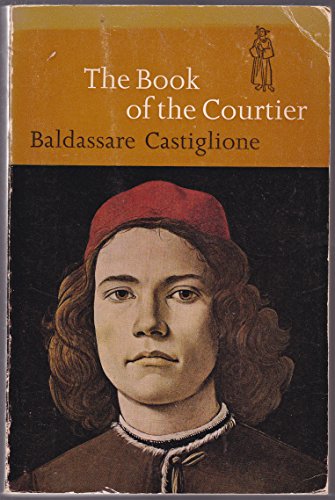
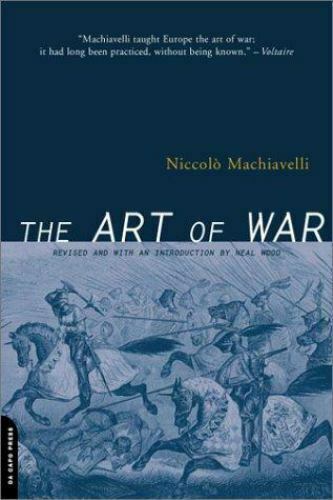
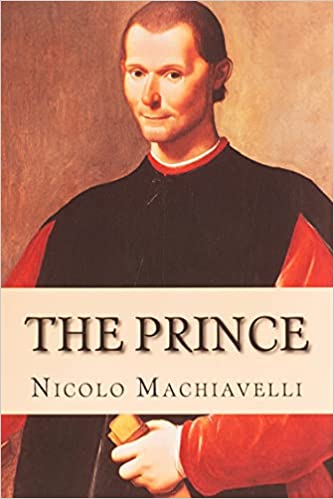

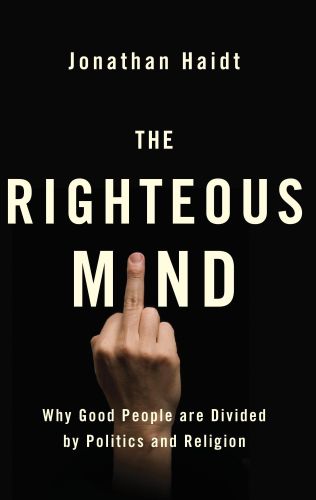
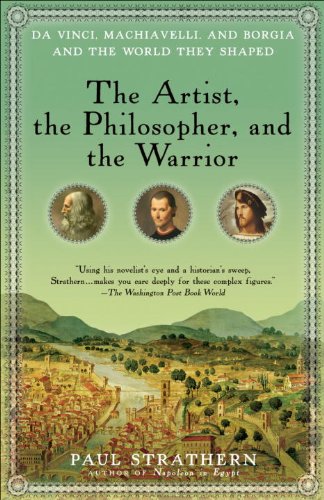
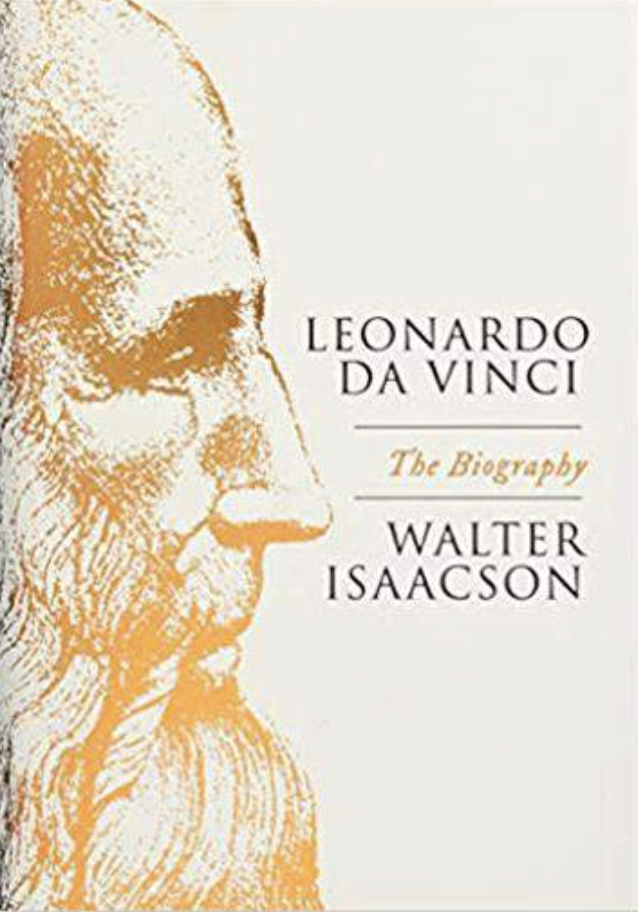

 RSS Feed
RSS Feed